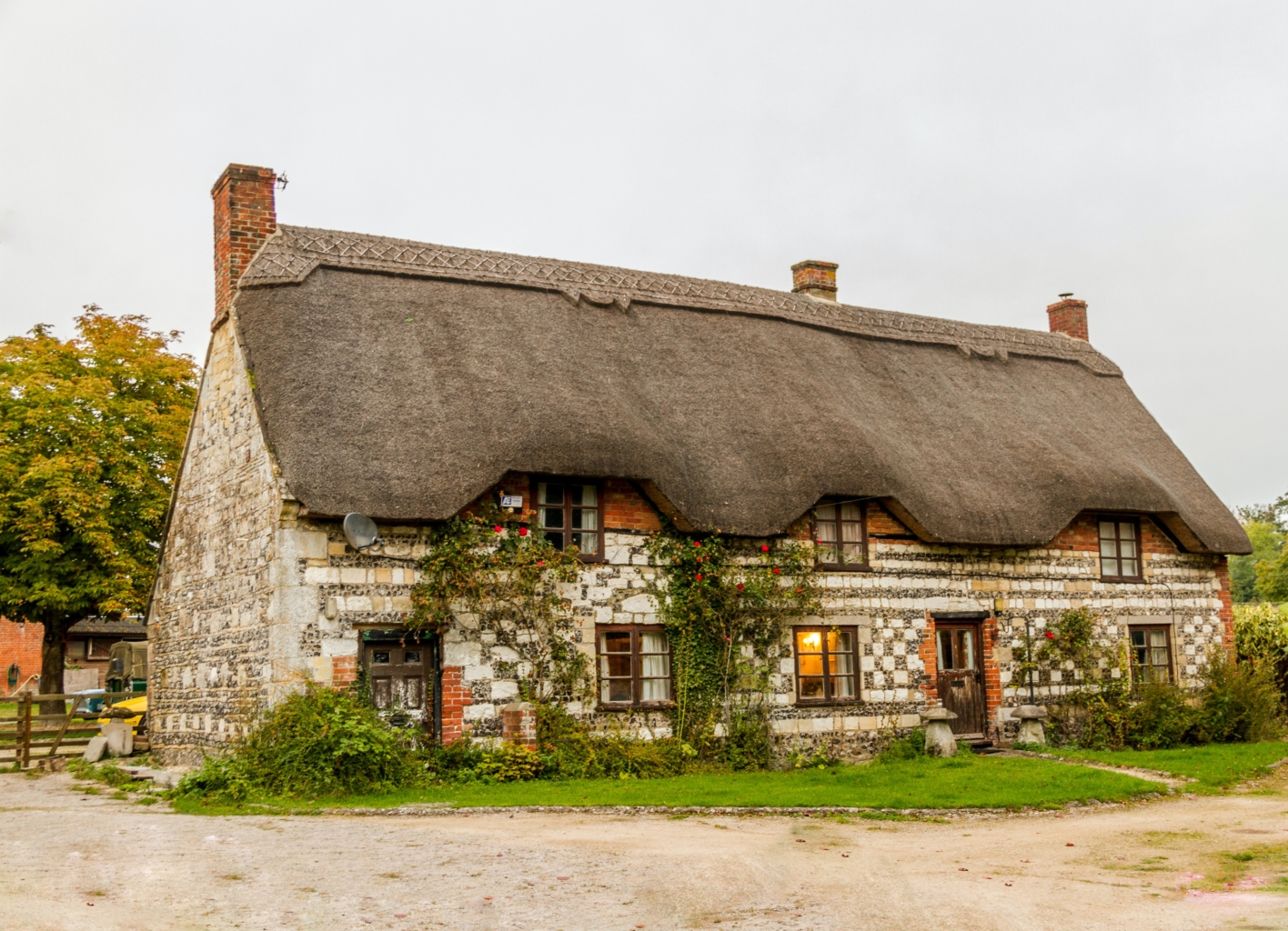What is and is not listed in my home? Is a common question asked by purchasers buying their first listed property. What is an equally common answer given by many homeowners and estate agents is “only the outside is listed” or “only the staircase is listed”. A common misconception, perhaps not helped by Historic England in their list descriptions as they will often only give a brief description of the front of the property, which can give the misleading interpretation that what they have described is all that is listed. Wrong.
When a building is listed, it is listed in its entirety, which means that both the exterior and the interior are protected. In addition, any object or structure fixed to the building, and any object or structure within the curtilage of the building, which although not fixed to the building, forms part of the land and has done so since before the listing date, are treated as part of the listed building.
Works to listed buildings are governed by listed building controls. The controls apply to any works for the demolition of a listed building, or for its alteration or extension, which is likely to affect its character as a building of special architectural or historical interest. This special form of control is intended to prevent the unrestricted demolition, alteration or extension of a listed building without the express consent of the local planning authority or the Secretary of State. Section 7 of the Planning (Listed Building and Conservation Areas) Act 1990 (LBCA Act) provides that, subject to certain provisions of the Act, no person shall execute or cause to be executed any works for the demolition of a listed building or for its alteration or extension in any manner which would affect its character as a building of special architectural or historic interest, unless the works are authorized. (Section 9 of the 1990 Act provides that if a person contravenes Section 7 he/she shall be guilty of an offence.) It is a criminal offence to carry out work which needs listed building consent without obtaining it beforehand.
Common works requiring consent might include the replacement of windows or doors, knocking down internal walls, painting over brickwork or altering fireplaces. It is always advisable to take the advice of the conservation officer at your local authority to get a better idea about what it means for you.
For further information feel free to call us and we would be happy to discuss your concerns or advise further where possible.
